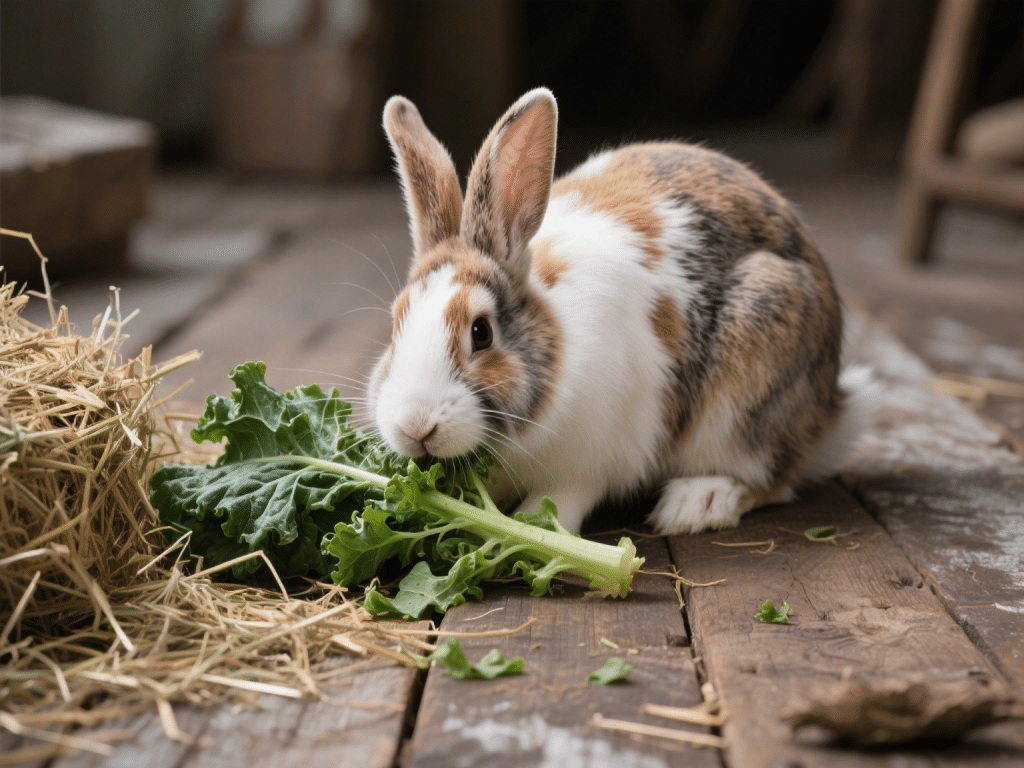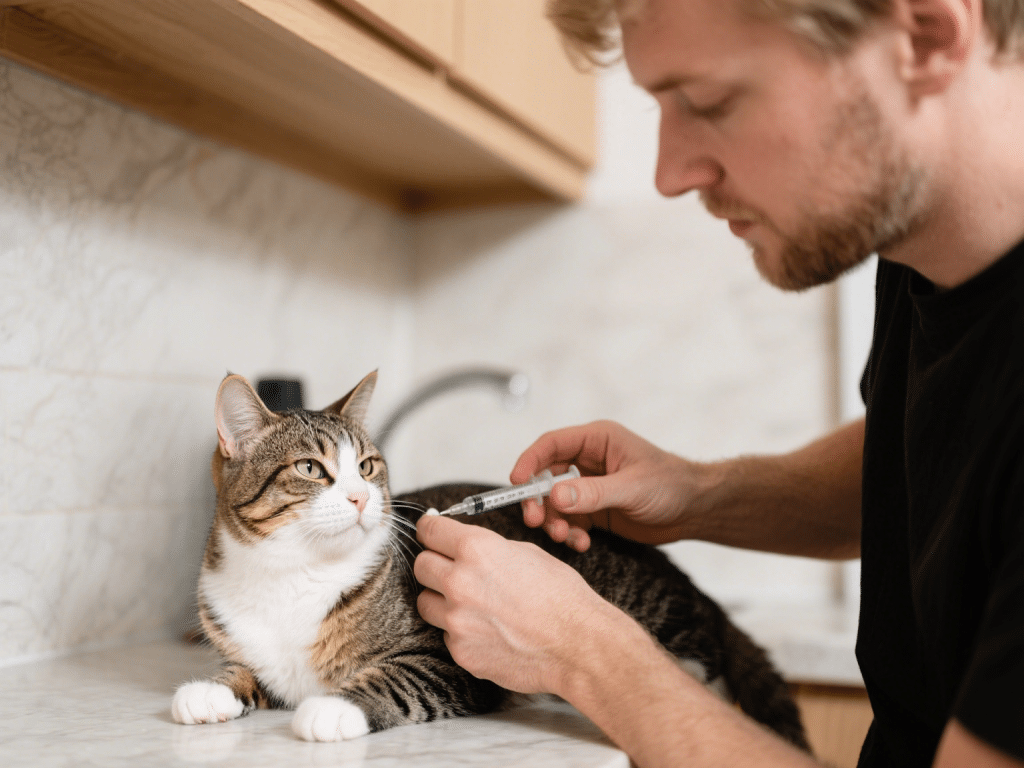
In my eight years caring for a variety of freshwater and terrestrial turtles, I’ve noticed that each season brings unique health considerations. From temperature fluctuations in spring to brumation prep in fall, a proactive seasonal checklist helps prevent illness and supports natural behaviors. This guide will walk you through the essential health assessments and habitat adjustments for each time of year.
Spring: Post‑Brumation Revival
Weight & Appetite: Track food intake; gradual increase over 2–3 weeks.
Shell Inspection: Look for soft spots or discoloration indicating rot.
UVB Exposure: Replace UVB bulb if over six months old.
Summer: Peak Activity & Growth
Hydration Levels: Offer a shallow soak daily; monitor skin elasticity.
Water Quality: Clean tank biweekly; test for ammonia and nitrates.
Parasite Screening: Check for leeches or flukes in semi‑aquatic setups.
Autumn: Brumation Preparation
Temperature Tapering: Gradually reduce basking temp by 5 °F per week.
Fasting Protocol: Stop feeding 2–3 weeks before expected brumation.
Environment Dry‑Down: Lower humidity for terrestrial species.
Winter: Brumation & Monitoring
Hibernaculum Check: Maintain stable 45–55 °F incubation chamber.
Minimal Disturbance: Limit handling; weekly visual checks only.
Emergency Warmth: Have a heat pack ready if temps drop unexpectedly.
Year‑Round Lab Tests
Fecal Exams: Every 6 months to screen for internal parasites.
Blood Panels: Annual biochemical profiles for organ health.
Shell Cultures: If unexplained lesions or spots appear.
Conclusion
A season‑by‑season approach to turtle care not only aligns with natural behaviors but also safeguards against common health pitfalls. By conducting regular checks and adjusting habitat parameters, you’ll foster a resilient, thriving shelled companion all year long.










